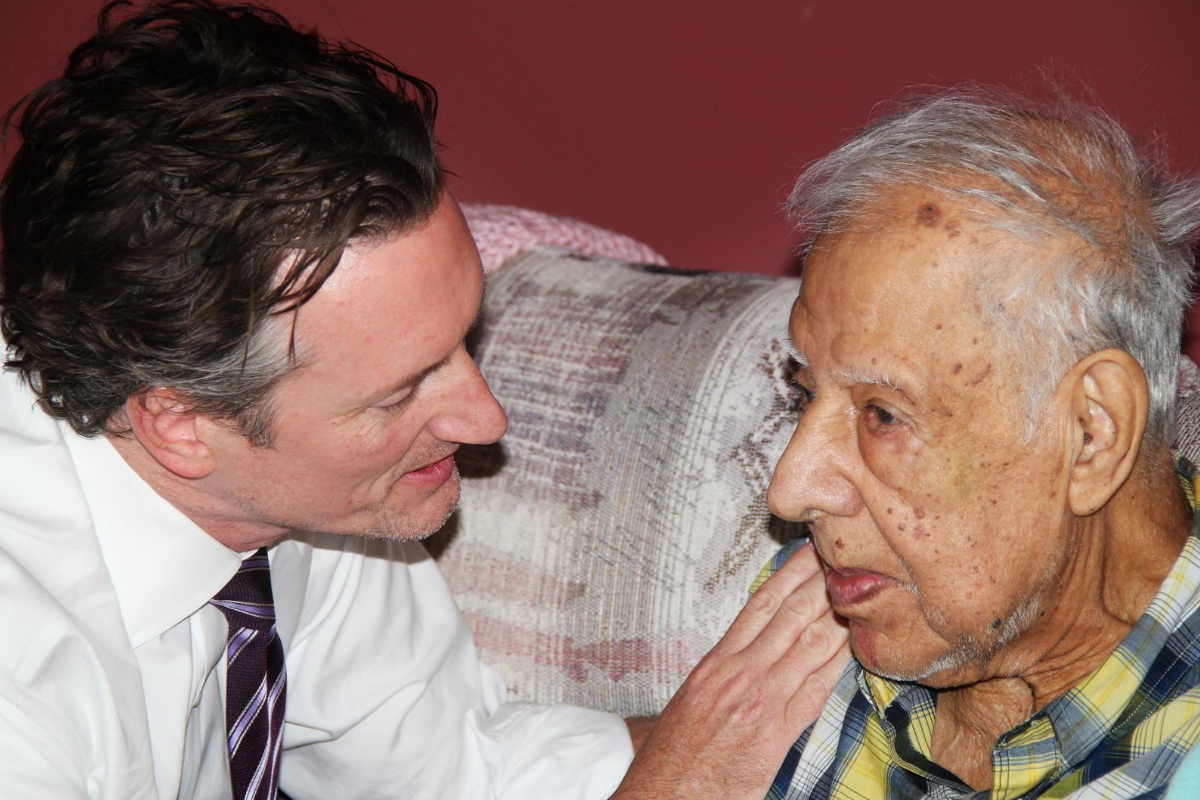Trends in Hospice & Palliative Care for 2020


While the debate over healthcare reform echoes throughout the country, the hospice and palliative care industry is moving towards the next decade with a set of its own goals.
“This is not about healthcare reform,” says Dr. Timothy Ihrig, Chief Medical Officer for Crossroads Hospice & Palliative Care. “The electric light was not created with the improvement of candles. Ergo, it’s not about healthcare needing to reform. We need to reform how we care.”
In order to enact this type of reform, the industry will need to embrace new policies and philosophies around palliative and end-of-life care. But the long-term success and implementation of these trends in hospice care and palliative care, Dr. Ihrig says, will depend on how well patients, hospital systems, and physicians work together to engage in conversations about an individual’s needs and how to integrate them into their care.

New Policies to Address Financial Risks
Patients with advancing or chronic illnesses are expecting more from their doctors – whether they are in the hospital system or taking advantage of the medical home model. Yet navigating current healthcare systems can create financial burdens and headaches.
In 2015, according to U.S. Department of Health & Human Services, five percent of the United States population used 50% of the entire healthcare spend. This costly demographic includes many patients who are elderly, facing chronic illnesses, or nearing their end of life, says Dr. Ihrig.
“They are ‘expensive’ not because they are elderly and ill,” he explains. Rather, they are expensive because the often aggressive treatment that they are receiving is offering minimal positive value as a result.
What’s even more alarming, Dr. Ihrig says, is that these numbers have the potential to scale even higher in the next decade if we don’t break the current patterns and cycles on how we’re caring for patients.
“There’s no more beating around the bush in trying to say this in a polite way,” says Dr. Ihrig. “Systems and payers want to mitigate the financial risk, period.”
To address some of these escalating costs, Congress recently passed bi-partisan legislation aimed at providing better education and training for hospice and palliative workers. They also introduced an improved reimbursement model to support extensive care outside of the hospital.
“The goal is obviously to provide ‘better care’ for the most vulnerable, most ill individuals with the intent to change historic outcomes,” says Dr. Ihrig, referencing the current healthcare spend that has the potential to drag down the U.S. economy for decades if the spending trends aren’t addressed.

When Intuition Leads to Better Outcomes
Patients learning to trust their own healthcare narrative – also known as their “gut” – are leading the way in how their palliative or end-of-life care is being administered.
Many patients and family members already feel empowered to tailor treatments to their particular circumstances when they follow their intuition and what’s important to them. As a result, they receive better care from their physicians and spend less time in hospitals.
But for some, speaking up about the care they desire can become one of the biggest challenges of a health journey. Especially when speaking up contradicts what a doctor may be prescribing. However, it’s not as complicated as it seems.
“The most important question I ask every patient is, ‘What’s your little voice say?’ Listen to it. It’s always right,’” says Dr. Ihrig.
Following that intuitive feeling – about what’s happening inside a patient’s body – may be the greatest prognosticator that something is amiss because “you sure as hell know you woke up three weeks ago and something changed. Something was different,” Dr. Ihrig says.
While a patient may not be able to identify a complex diagnosis like a physician will be able to, Dr. Ihrig believes that only they will know when something is not right. Bringing that knowledge and awareness of one’s body to regular checkups is a central piece to improving one’s end-of-life care and, in turn, mitigating additional financial risks.
But it’s not all up to the patients. Doctors need to listen to their patients and believe what they are being told. In the end, this type of open and honest back and forth can lead to higher patient satisfaction and overall quality of life.

The Inflection Period: A New Crossroad
As the hospice and palliative care industry sees a shift in how patients and doctors interact, those relationships will continue to be tested – especially when it comes to critical junctions along a patient’s health journey.
One of those junctions is when it’s time to identify when a patient’s body no longer has the capacity to restore or recover from an advancing or chronic illness. Dr. Ihrig has coined this crossroads as “The Inflection Period” – a critical time period when all healthcare efforts should reflect the reality of a patient’s circumstance.
“The Inflection Period has manifested from all my years of clinical practice,” he says, citing his patient’s overall satisfaction of care and their percentage of low hospitalizations as a two key determinants for this term. “I think the trend is to bring forth a true, honest healthcare narrative and to elevate acknowledgement of this absolute, physiological reality.”
To navigate through this challenging period, it requires physicians to speak honestly with their patients and to lead with the truth about their diagnosis. For example, if a patient has dementia, something that is fatal and irreversible, doctors should be leading with that truth, says Dr. Ihrig, rather than shying away from the details.
“They should be telling patients what they know and how to cope,” he says. These conversations may be difficult and awkward, but eventually they can lead everyone down a better path and patients can decide what is sacred to them.
“When you empower people with the truth, they choose quality and life, and not to pursue things just for the sake of pursuing them,” Dr. Ihrig says.
To learn more about trends in hospice care, or hospice information in general, visit the Crossroads website or give us a call 1-888-564-3405.
If you found this information helpful, please share it with your network and community.
Copyright © 2019 Crossroads Hospice & Palliative Care. All rights reserved.




